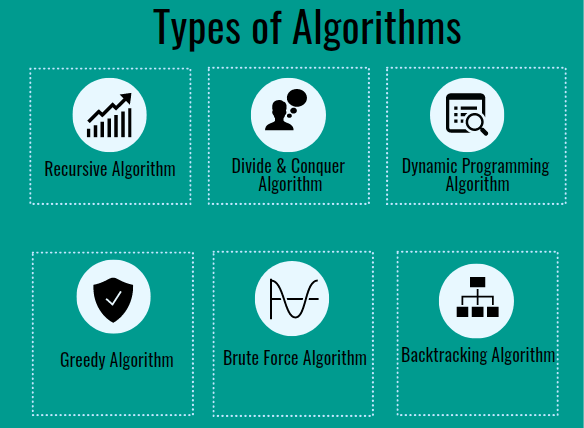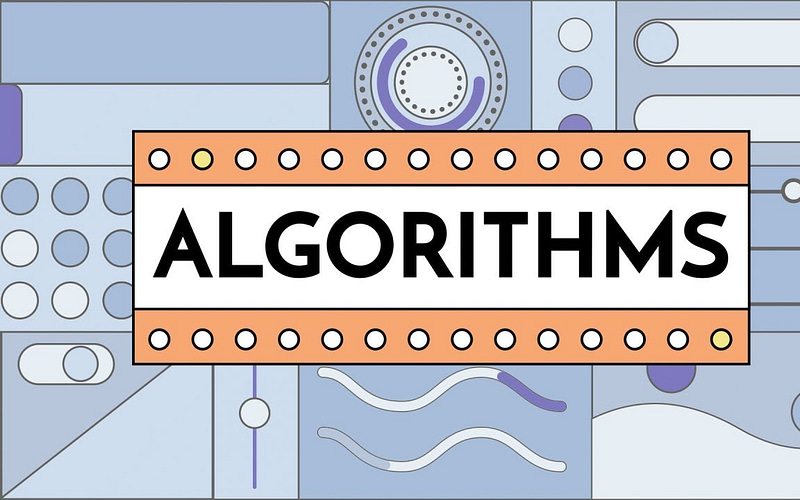What are Algorithms?
Algorithms are set of instructions designed to perform a specific task.
This can be a simple process, such as multiplying two numbers, or a complex operation, such as playing a compressed video file. Search engines use proprietary algorithms to display the most relevant results from their search index for specific queries.
In computer programming, algorithms are often created as functions. These functions serve as small programs that can be referenced by a larger program. For example, an image viewing application may include a library of functions that each use a custom algorithm to render different image file formats.
An image editing program may contain algorithms designed to process image data. Examples of image processing algorithms include cropping, resizing, sharpening, blurring, red-eye reduction, and color enhancement.
In many cases, there are multiple ways to perform a specific operation within a software program. Therefore, programmers usually seek to create the most efficient algorithms possible. By using highly-efficient algorithms, developers can ensure their programs run as fast as possible and use minimal system resources to run the programme smoothly.
Therefore, developers often improve existing algorithms and include them in future software updates. When you see a new version of a software program that has been “optimized” or has “faster performance,” it most means the new version includes more efficient algorithms.

Types Of Algorithms?

Simple Recursive Algorithms :
A recursive algorithm is one that calls itself with “smaller (or simpler)” input values and gets the result for the current input by applying basic operations on the smaller (or simpler) input’s returned value.
A recursive method can be used to solve a problem if it can be solved by using solutions to smaller versions of the same issue, and the smaller versions decrease to easily solvable instances.
Backtracking Algorithms :
A backtracking algorithm is a problem-solving method that finds the intended output via a brute-force technique. The brute force technique tests all possible solutions before selecting the desired/best one when there are several solutions to a problem, this method is utilized to solve it.
Divide and Conquer Algorithms :
Divide and conquer is an algorithm design paradigm used in computer science.
A divide-and-conquer algorithm recursively divides a problem into two or more sub-problems of the same or related type until they are simple enough to be solved directly. The sub-problems’ solutions are then integrated to produce a solution to the original problem.
Dynamic Programming Algorithms :
Dynamic programming is a computer programming approach as well as a mathematical optimization tool. Richard Bellman created the approach in the 1950s, and it has since been used in a variety of sectors ranging from aeronautical engineering to economics.
Greedy Algorithms : Its not really that greedy 🙂
Any algorithm that follows the problem-solving heuristic of choosing the locally best option at each stage is known as a greedy algorithm.
A greedy approach may not offer an optimum solution in many cases, but it can produce locally optimal solutions that approximate a globally optimal solution in an acceptable period of time.
Branch and Bound Algorithms :
Branch and bound (BB, B&B, or BnB) algorithm is a method for solving discrete and combinatorial optimization issues as well as mathematical optimization problems.
Brute Force Algorithms :
In computer science, brute-force search, also known as create and test, is a problem-solving approach and algorithmic paradigm that entails systematically enumerating all potential solutions
Randomized Algorithms :
A randomized algorithm is one that uses a certain amount of randomization in its logic or operation.
The algorithm usually employs uniformly random bits as an auxiliary input to steer its behavior, in the hopes of obtaining high performance in the “average case” among all potential random choices specified by the random bits; hence, the running time or the output (or both) are random variables.












![Seven Online Marketing & Advertising Updates to look at in [current_date format=Y] 126 Green and Blue Illustrative Technology Investor Update Presentation](https://ml2mqtnphclp.i.optimole.com/cb:dxj7.5230e/w:260/h:195/q:mauto/rt:fill/g:sm/f:best/https://martechguide.com/wp-content/uploads/2020/07/Green-and-Blue-Illustrative-Technology-Investor-Update-Presentation.png)